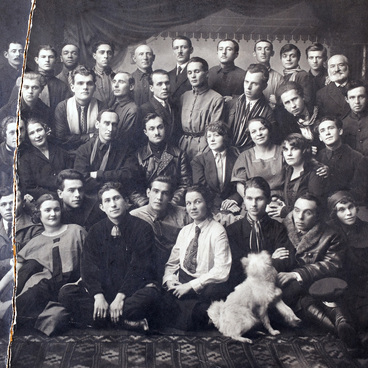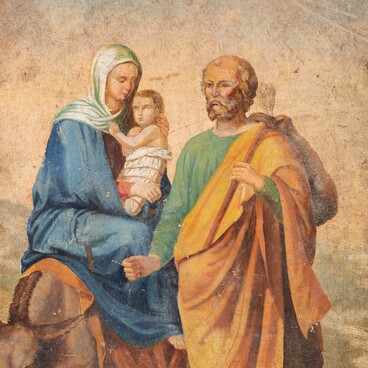The Mother of God has long been revered in Russia more than all the saints and the Heavenly Host; many churches and icons have been dedicated to her. Icon painters and theologians distinguish nine main types of icons depicting Mary, and the number of their varieties (names) is about 700.
The first images of the Mother of God were made on the walls of the catacombs, in the scenes of the Annunciation (the 2nd century) and the Nativity of Christ (the 3rd–4th centuries). Researchers classify them as so-called proto-icons.
The first icons in the traditional sense of the word began to spread after 431, when the veneration of the Blessed Virgin was officially approved at the Council of Ephesus. Her appearance is described by Luke the Evangelist, and it is also mentioned in apocryphal texts:
The first images of the Mother of God were made on the walls of the catacombs, in the scenes of the Annunciation (the 2nd century) and the Nativity of Christ (the 3rd–4th centuries). Researchers classify them as so-called proto-icons.
The first icons in the traditional sense of the word began to spread after 431, when the veneration of the Blessed Virgin was officially approved at the Council of Ephesus. Her appearance is described by Luke the Evangelist, and it is also mentioned in apocryphal texts:



